The Pulse of Climate Change
By Dady Chery
Haiti Chery
The first thing Haitian children learn about the geography of their country is that it is at “the center of the greater Antilles, with Cuba to the west, Jamaica to the southwest, and Puerto Rico to the east.” Would one expect less of a people who had the temerity to fight the only successful slave revolution and claim a territory, not because they were born to it, but because they had mixed their sweat and blood with it?
The Haitian impression of being in the center of a world vortex could not be truer when it comes to climate change. As a result of carbon (mostly carbon dioxide and methane) emissions due burning of fossil fuels by industrialized countries, global sea levels have risen one inch over the last decade alone. The world’s poor who huddle on the riverbanks and coasts of the tropics are first in the crosshairs of the deadly combination of climate change and poverty.
Tropical cyclones are intensifying, not only in the Caribbean, but also in countries including the Philippines,Vietnam, Japan, South China, Bangladesh, India, Maldives, Myanmar, Oman, Pakistan, Sri Lanka, Thailand, Madagascar, and Northern Australia. The main reasons for this are because the surface temperatures over all the Earth (ocean surfaces, lower atmosphere, etc.) have risen one degree centigrade between 1980 and 2010 and, along with this, the amount of water vapor over the oceans, another driving force of cyclones, has also increased. The reason cyclones form in tropical oceans in the first place is because these regions of the ocean are warm and have more water vapor. The “hurricanes” of the Atlantic and Eastern Pacific are the “typhoons” of the western Pacific and “cyclones” of the Indian Ocean. The geopolitics are the same; so are the physics.
Briefly, here is how hurricanes form. Water vapor rises and then cools and condenses into liquid water, releasing the heat into the atmosphere. The heat makes the air around it lighter, which causes the air to rise and get replaced by a new inflow of air. This inflowing air then begins to rotate under the influence of the Coriolis Force of the Earth, which is weak right at the equator but gets stronger beyond a five-degree latitude North and South of the equator. As the pressure drops in the center of the storm, the pressure gradient gets bigger and the winds stronger.
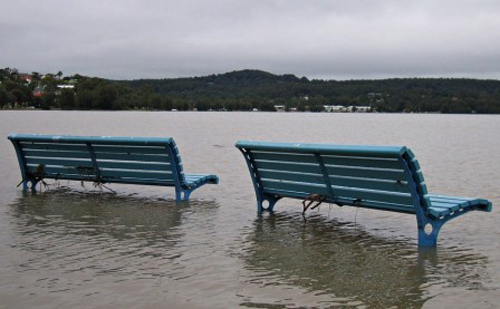
Scientists predicted over 15 years ago that hurricanes would become more destructive with global warming because they would pack more water and travel farther inland. Even so, there is still no measure for the destructive power of a hurricane based on its water contents, although it is evident that massive volumes of water dumped over short periods over the world’s crumbling infrastructure are probably more destructive than fast wind speeds over the same periods. As the world’s oceans warm up, instead of losing strength when they move over cold waters, the storms continue to build while they travel farther and push inland toward the more industrialized and previously temperate regions.
As dramatic as cyclones are, they might not be the most serious consequence of warming the tropics. Warm tropical waters also act like a heart that pumps long pulses of warm water across the planet. These water currents turn north and south to the poles, after they collide into the continental shelves. Such massive pulses of warm water have been found to coincide with major melting events in Arctic and Antarctic glaciers. Currently the pulses are approximately one-year long and spaced by about 10 years, but they appear to be accelerating. A conclusion from these observations is that global temperature increases and glacier-melting events will likely not be gradual but occur in sudden jumps.
Already, changes such as melting of glaciers have caused evaporation and precipitation over the Earth to intensify to such a degree that the surface salinity of the oceans, which greatly influences ecological habitats, and therefore food for the great mass of humanity, has dramatically changed over the last 50-60 years. Severe consequences are predicted for living beings, including famines, floods, and droughts.
Once again, we find ourselves in the middle of a lethal hurricane season. Typhoon Son-Tinh marches to Vietnam after leaving over 24 dead in the Philippines. Simultaneously Hurricane Sandy, after leaving over 60 dead in the Caribbean, mostly Haitians, is about to hit the eastern United States as a terrifying combination of storms called Frankenstorm.
Perhaps this time, the world will see that it is quite helpless against the global disequilibration it has unleashed and stop blaming the tropical victims of climate change for failing to reforest their mountains or improve the drainage in their cities in anticipation of the havoc. Rather than offer advice to those who are grieving, maybe this time, the world will call on China, the United States, Russia, India, Japan, the European Union, Canada and South Korea to cut back their emissions of greenhouse gases into the atmosphere. As ever, it is the poor who pay for the excesses of the rich. To blame Haitians and Filipinos for failing to prepare for these man-made disasters merely because they are in their paths is like suggesting someone should reinforce his ceiling and keep a mop handy because the rich upstairs neighbor likes to let his bath overflow.
Source: News Junkie Post


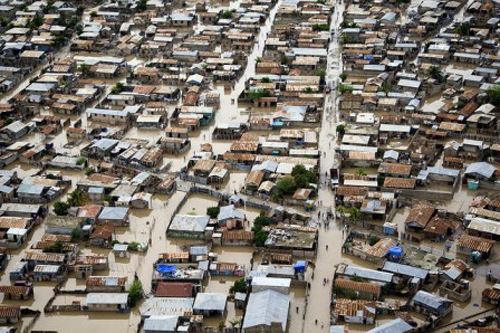
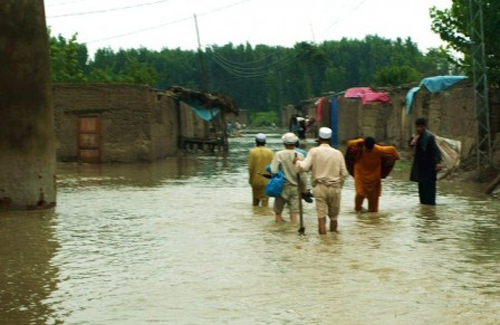
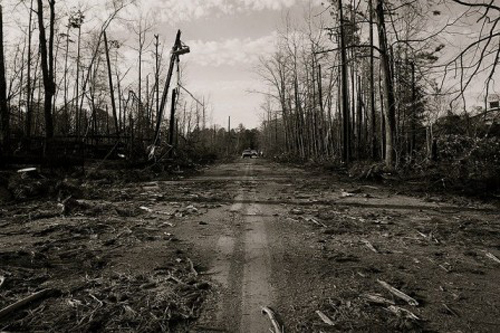
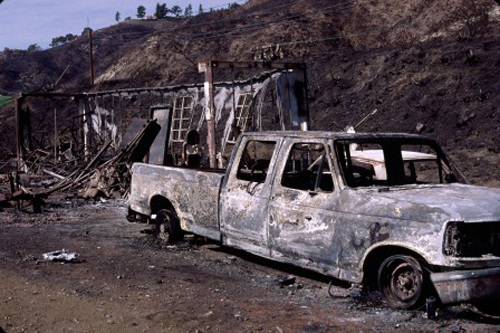
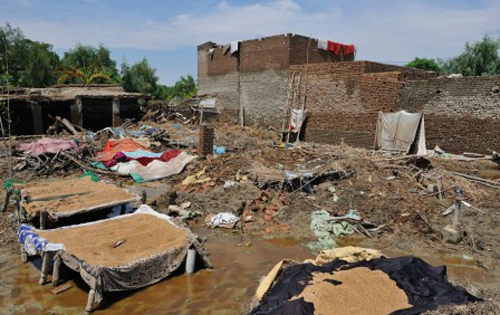
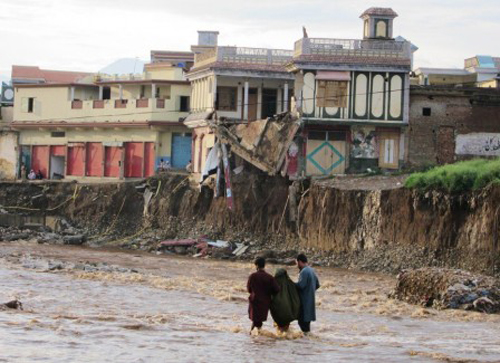




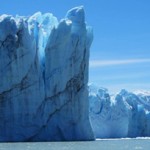
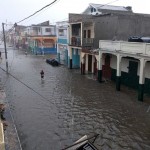
Comments
The Pulse of Climate Change — No Comments